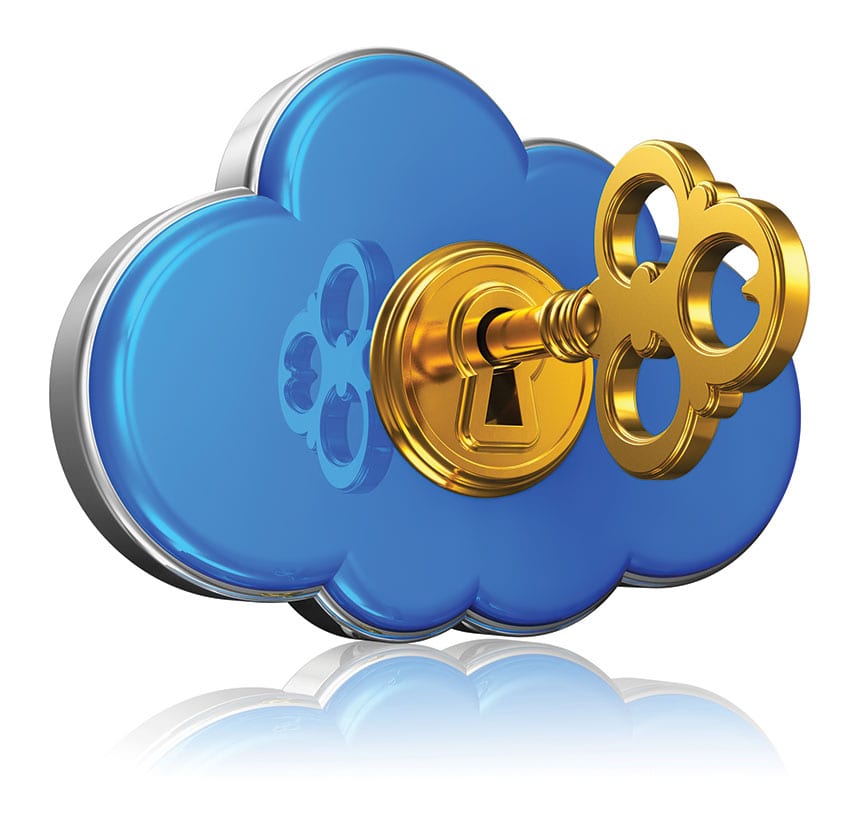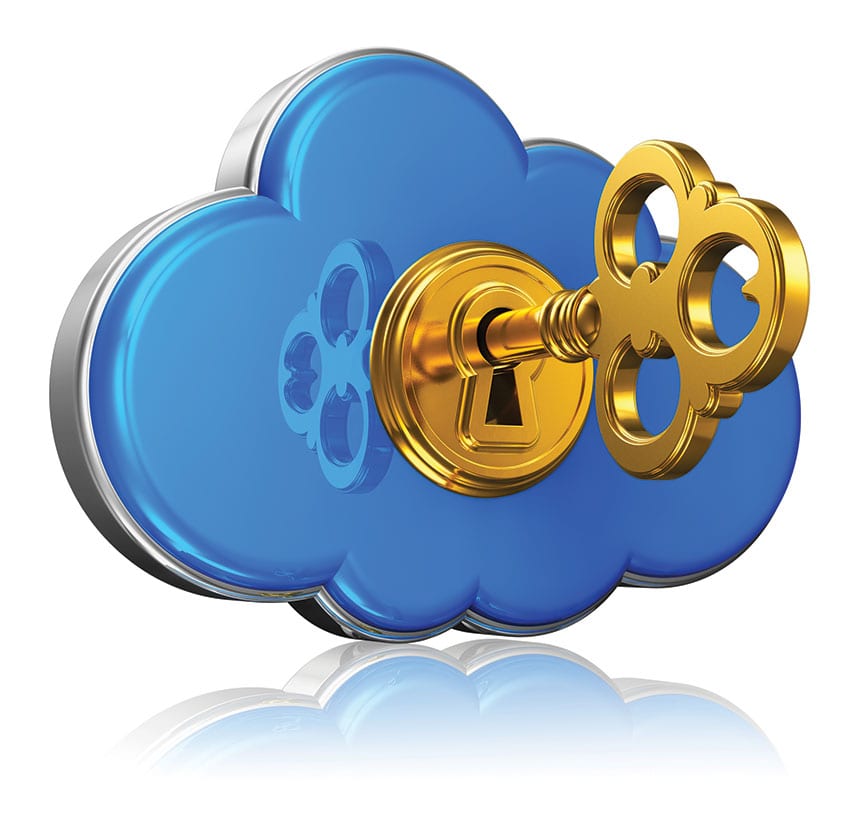
by Helen Sanders, Editor
Blockchain has appeared on the treasury horizon in a relatively indistinct form over the past eighteen months or so: indeed, so hazy and illusory the vision of solutions to come, some might consider them a mirage. For the first time at this year’s Sibos, however, practical and demonstrable solutions are taking shape, with concrete plans for their introduction.
One of the most noteworthy announcements in this respect is the collaboration between Bank of America Merrill Lynch to process trade finance transactions using Microsoft’s Azure Blockchain as a Service technology. Trade finance is one of the most logical banking services on which to focus blockchain initiatives – and certainly one where the greatest demand exists, given that manual, costly and time-consuming trade finance transactions can severely interrupt and delay import and export processes. This leads to goods held on container ships for days or weeks, unpredictable supply, uncertain cash flows and poses a major obstacle to growth.
Digitising transactions using existing message-based technologies is often hampered by lack of interoperability and standardisation between participants in the transaction, and delays and truncated data are commonplace. Conversely, by leveraging blockchain, or distributed ledger technology, processes can be digitised, automated and accelerated, all participants have a common view of the status of a transaction, and data used to enable better, faster decisions. This has multiple benefits for both corporations and the banks that finance the transactions, not least predictable working capital, reduced counterparty risk, improved operational efficiency, and enhanced auditability.
As well as providing the technology that underpins the solution, Microsoft’s treasury team will serve as advisors and initial test clients, therefore establishing the first Microsoft Azure-powered blockchain transaction between a major corporate treasury and financial institution, and establishing best practices for blockchain-powered exchanges. Amy Hood, Executive Vice President and Chief Financial Officer at Microsoft explains,
“By working with Bank of America Merrill Lynch on cloud-based blockchain technology, we aim to increase efficiency and reduce risk in our own treasury operations. Businesses across the globe – including Microsoft – are undergoing digital transformation to grow, compete, and be more agile, and we see significant potential for blockchain to drive this transformation.”
As Ather Williams, Head of Global Transaction Services at Bank of America Merrill Lynch also emphasises,
“The potential benefits of blockchain will help drive meaningful supply chain efficiencies to the clients of both Microsoft and the bank. This project is another example of our continued commitment to introduce financial innovations for the betterment of global commerce.”
Microsoft Azure Blockchain as a Service was first introduced in November 2015 and is designed for industries such as financial services due to its scalability, compliance certification and security. More than 80% of the world’s largest banks, and 75% of the global systemically important financial institutions are Azure customers. The Microsoft and Bank of America Merrill Lynch teams demonstrated the technology at Sibos based on a standby letter of credit process, but it will be further refined, with more complex use cases and additional financial instruments.
Percy Batliwalla, Head of Global Trade and Supply Chain Finance at Bank of America Merrill Lynch says,
“We are excited to be working with Microsoft on this ground-breaking blockchain proof of concept that has the potential to help redefine, digitise and improve how trade finance instruments are executed today.”
|
Amy Hood |
Ather Williams |
Percy Batliwalla |













